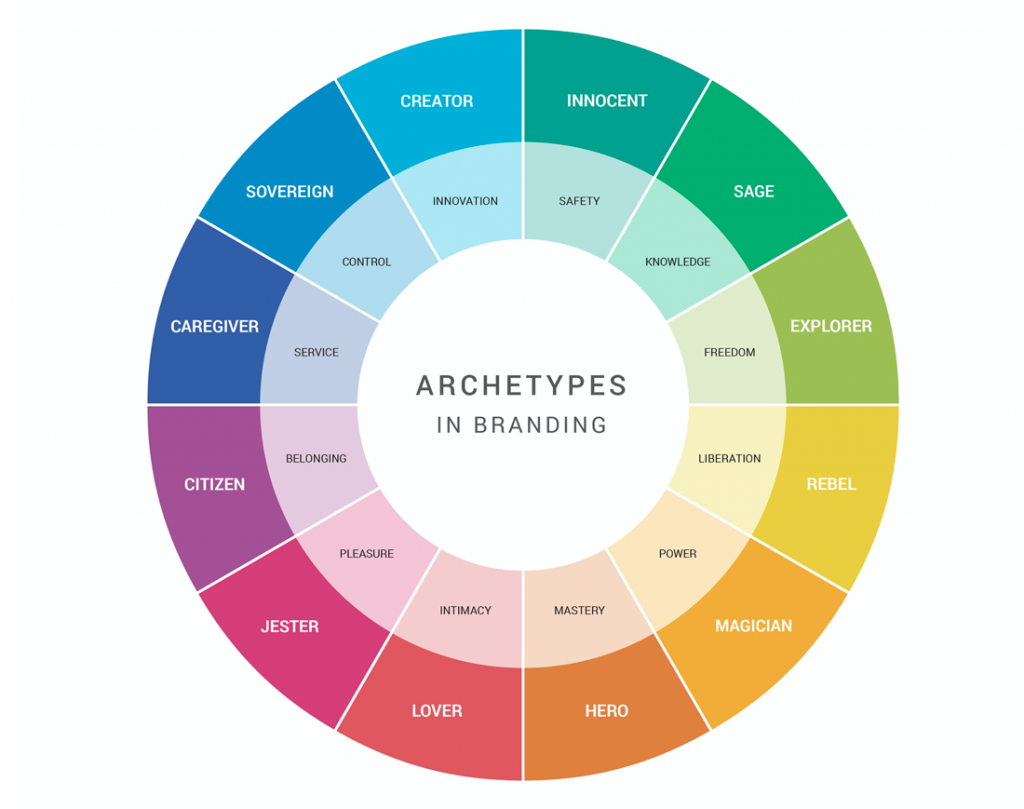How well is your business positioned for resiliency and growth? The silver lining is that one day (soon, hopefully) this all will pass, and we will make it through. When we emerge, there will be companies standing strong and ready for growth. How can you ensure your business is one of those?
Earlier this month I was a guest lecturer for Washington Building Congress and gave a lecture on how brand can drive resiliency and growth in these times. Here are my notes.
Reality, Today
With unemployment skyrocketing and a record number of businesses and schools shuttered, our economy is awash in great uncertainty, stress and anxiety. People are switching from proactive to reactive mode, and progress and momentum is stalled.
This uncertainty is causing many of us to retreat and avoid customer relations. Maybe we don’t have a clear message to convey, or we feel like we don’t have anything optimistic to say, so we don’t communicate.
But this causes important relationships – like the ones with our best customers – to become distanced, when what we need is actually to come together. Our collective power can help us more quickly achieve a common goal, insulate our business from future crises, and position our brand for resiliency & growth.
You can build for resiliency & growth in your business by doing three things:
1. Go within and align on your brand;
2. Engage your best customers; and
3. Innovate to fix your business’ and your customers’ new pain points.
Go Within
Brand strategy is your business strategy seen through the lens of your customers. It is not how you look; it’s how you act. So you’ll want to plan for resiliency and growth by first underscoring what you unwaveringly stand for, to your customers. Ask:
- What is the value you bring them?
- How do you distinguish your business from other competitors?
- What do you promise every customer with every interaction?
These question will reorient you on your core offering and values, keeping you aligned while you innovate.
You will also want to study what your customers deeply value that you offer that no one else can deliver. This is your unique differentiator and the backbone of your brand (for more on how to craft your unique differentiator, see this post). Articulate this clearly in order to build on it. We’ll get to innovating in a bit, and you’ll want to innovate with new business ideas that enhance and deepen the value you already bring your best customers, instead of offering them something that’s shiny and new, but irrelevant to their needs.
Engage Your Best Customers
Next, you’ll want to reach out to discover how your customers are coping and how their needs have shifted. Most likely their problems have changed, so you’ll seek to understand what matters to them today in this changed landscape.
Begin by connecting with empathy. Truly connect for the sake of connecting; this is not the time for a sale. This is the time to be honest. It’s a scary time for all, and none of us know how or when this will end. So be genuine in your concern for them, their welfare and wellbeing.
Listen and resist the urge to solve their problem right away. Often, in our haste to provide value, we jump right to problem solving. But if we don’t have the right problem, we’re retrofitting an existing solution instead of listening for a new potential opportunity. So listen to find the problem first; listen to hear their pain points. Approach this exercise with humility and openness and seek to understand instead of being understood.
Innovate & Pressure-Test
Channel these learnings into innovation sessions. From your brand vantage point, begin by interrogating your reality and discussing the new challenges facing you and your customers today. Be honest. Global supply chains are broken. Many of your customers may be shut down; millions of consumers are out of work. Some core aspects of your current business model may be upended. Discuss what you’re struggling with, and discuss what your customers are struggling with. What needs to change within your model for you to succeed? What needs to change in order to address your customer’s new problems?
Then start exploring new ideas for innovation. Challenge orthodoxies like “we’ve always done it this way.” Consider wild constraints like ‘how could we operate with only half our staff?” Today, more than ever, people are open to new approaches and new ways of doing things.
As you and your team come up with ideas, begin to pressure-test them. Evaluate how these ideas solve customer pain points and shape the value equation for your customers. Run ideas by a core close group of partners and trusted customers for feedback and refinement. Give yourself the freedom to fine-tune your ideas as you go.
Outcome
This strategy exercise is time-consuming and demanding, but the outcome is that your brand is resilient and poised for growth. Your relationships with your best customers are strengthened, and they see you as an empathetic partner in a difficult time. You’ve identified opportunities for innovation that will add to the value you already bring, positioning you and your business for resiliency and growth, even in the face of a crisis.
If this all sound helpful but also daunting… we can help. We guide brand positioning and innovation sessions as part of our brand building efforts with clients. Please connect with us; we’d love to help make your business magnetic to success.

